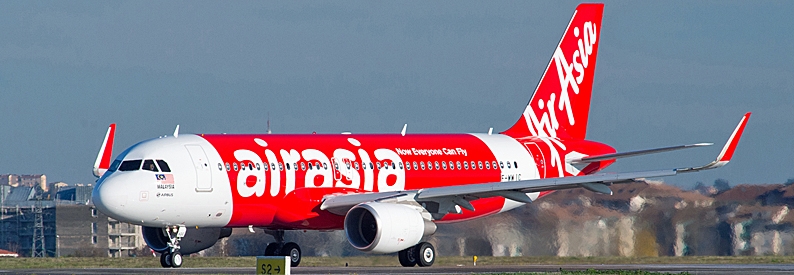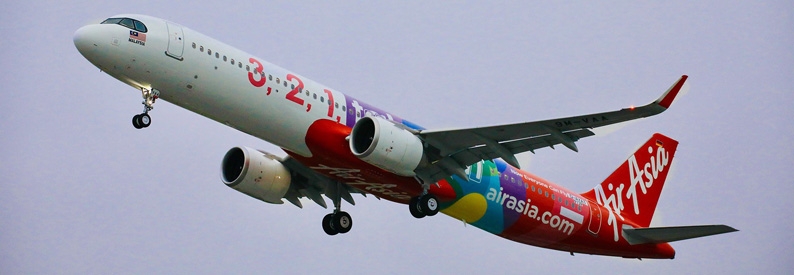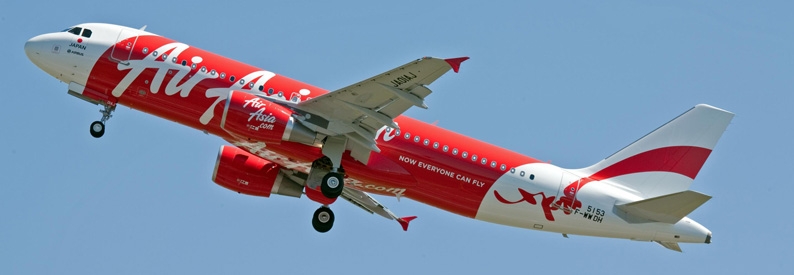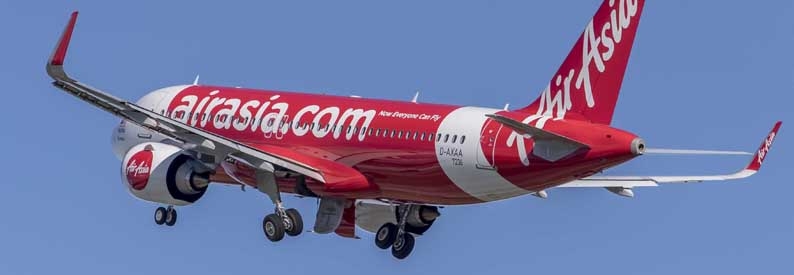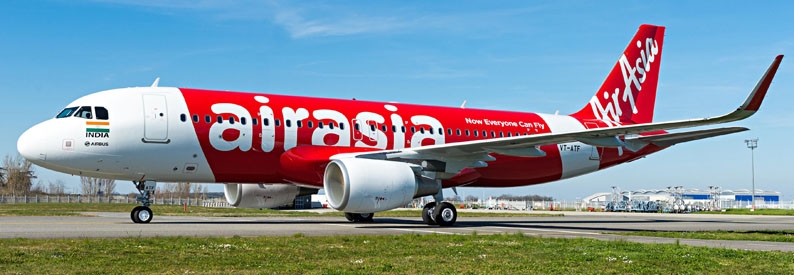AirAsia Group has cemented its retreat from East Asia as 33%-owned subsidiary AirAsia Japan (Nagoya Chubu) filed for bankruptcy proceedings on November 17.
AirAsia Japan took the decision “due to insolvency resulting from a demand slump in travel induced by lockdown restrictions related to the coronavirus pandemic,” the group said in a stock exchange filing, adding that the “total cost of investment in AAJ has been fully written down.”
It concluded: “Further announcements will be made in due course on the particulars of claim and financial impact to the company, if any, under the bankruptcy proceedings.”
Having been largely dormant since April, AirAsia Japan confirmed in early October that it would terminate all operations from October 5. The budget carrier, which operated three A320-200s, making it by far the group’s smallest carrier, said at the time that the impact of Covid-19 had “severely curtailed” demand for its flights out of Nagoya Chubu.
AirAsia Japan filed for bankruptcy at Tokyo District Court with debts of about JPY21.7 billion yen (USD209 million), local media reported. Around 23,000 unpaid ticket refunds amount to JPY520 million (USD5 million), which the carrier pledged to repay by November 30. AirAsia Japan had 280 employees as of October 5, but all but 50 were dismissed on November 4.
In an expansive separate statement issued on the same day, AirAsia Group hinted that it may also exit its AirAsia India (Bengaluru International) joint venture with Tata Sons, in which it holds a 49% stake.
“Our businesses in Japan and India have been draining cash, causing the group much financial stress. Cost containment and reducing cash burns remain key priorities evident by the recent closure of AirAsia Japan and an ongoing review of our investment in AirAsia India,” it admitted.
“A detailed network and fleet optimisation strategy has been implemented across the network, putting the right foundations in place for a sustainable and viable future. We continually review our network to ensure we fly the most popular and profitable routes.”
As previously reported, sources told the Times of India in early October that Tata Sons, which holds 51%, was in talks to buy AirAsia Group’s stake, the latter having been reluctant to inject fresh capital into the carrier.
“Tata Sons will retain the AOC. When it comes to the fleet, most of the aircraft are from AirAsia Group, but of late the Indian arm had begun to lease aircraft directly. So these will remain,” an unnamed industry official told the news site Moneycontrol.
AirAsia India currently operates a fleet of thirty A320-200s and a newly delivered A320-200neo. All of the aircraft except one of the A320ceos are leased, from 11 lessors, the ch-aviation fleets module shows.
Group chief executive Tony Fernandes told Reuters in September that the group intended to consolidate and strengthen its Asean foothold, which may one day mean withdrawing from both Japan and India.
According to India’s Directorate General of Civil Aviation, AirAsia India reported a 58.4% load factor in September and a 6% market share.
However, in the same statement, AirAsia Group claimed to be confident of posting stronger results among its Southeast Asian carriers (AirAsia, AirAsia X, Indonesia AirAsia, Indonesia AirAsia X, Philippines AirAsia, Thai AirAsia) as it anticipated international travel to resume with the emergence of Covid-19 vaccines.
“The general outlook is that air travel will be bouncing back real soon; we expect to get back to pre-pandemic levels on many routes across the group by mid-2021, if not earlier,” group president Bo Lingam declared.
He elaborated that “AirAsia is already seeing strong signs of recovery in our key domestic markets where there is much pent-up demand. AirAsia’s domestic services in Thailand, for example, are already at close to 100% of pre-Covid capacity levels and there are similar strong positive signs from across the AirAsia Group including in Malaysia, Indonesia, and the Philippines, indicating that forward bookings for future travel are already on the rebound in our major markets.”

